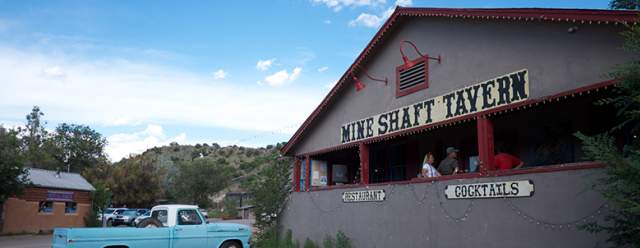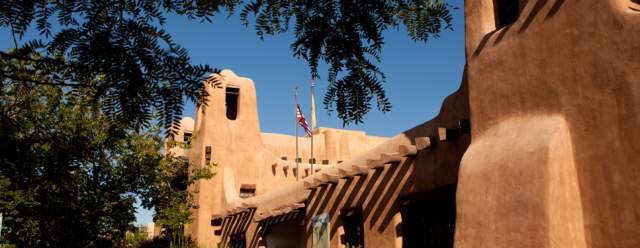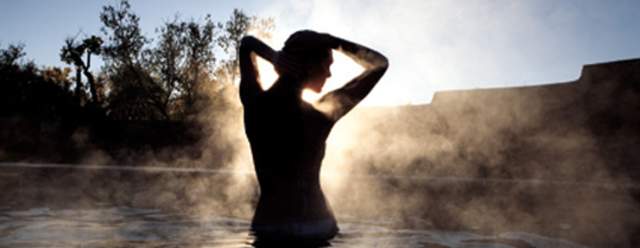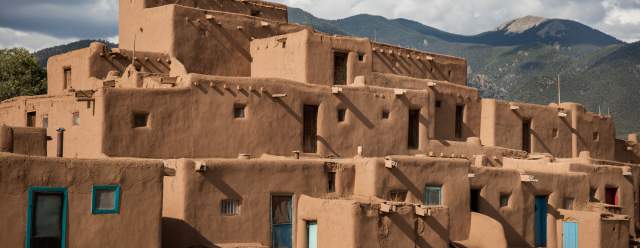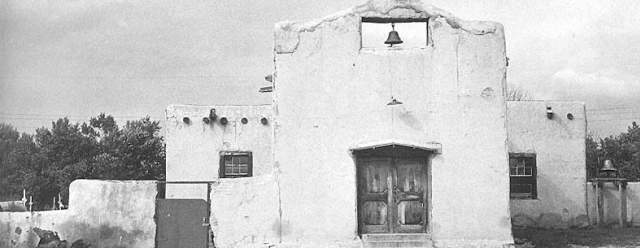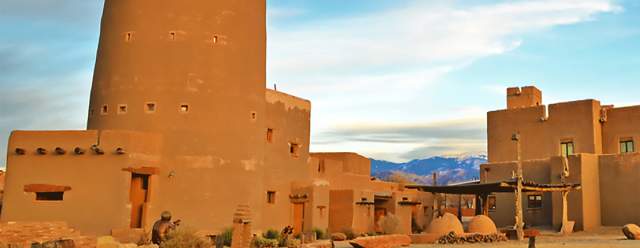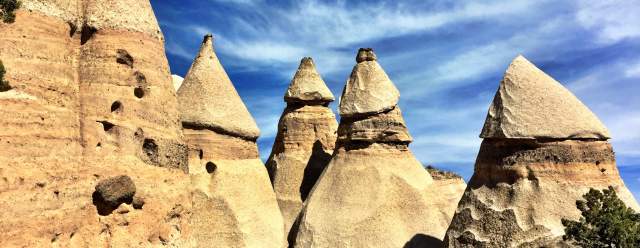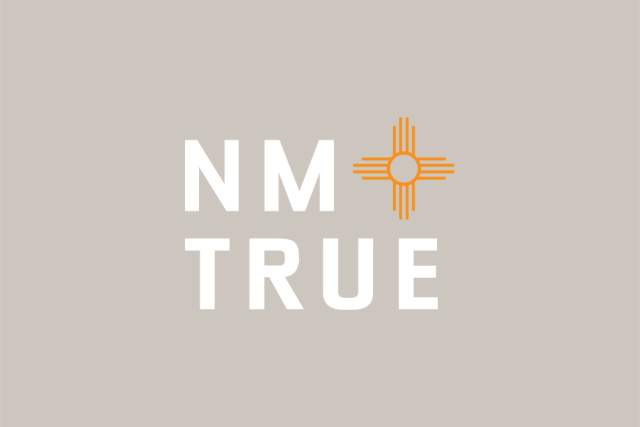Rio Grande Route to Taos
The Rio Grande is one of North America’s longest and most important rivers.
This great, gentle river has nourished the lands and valleys through which it passes since time began. Tracing its route by car is extraordinarily scenic. This is an easy one-day journey.
Begin your day in Santa Fe with a walking tour of the historic district. Be sure to visit the oldest house in America and The Palace of the Governors, then pick up a box lunch for the day ahead. Velarde is an especially scenic and interesting old Hispanic settlement. You may wish to leave the highway and explore the village's many unpaved roads. Your reward will be many fine examples of distinctive tin-roofed Northern New Mexico architecture. Just north of Velarde, you'll encounter the Rio Grande on your left. Several miles into the gorge, you may wish to stop at Embudo Station, a historic site from the Denver & Santa Fe Railroad's "Chile Line" days along the banks of the river. In warm weather, Embudo is an excellent picnic site. At the northern boundary of the Rio Grande gorge you will pass through the town of Pilar and the Orilla Verde Recreation Area. If you're the adventurous sort, you might wish to take a rafting trip down the Rio Grande. The gorge offers world-class whitewater rafting.
Travel north from Santa Fe on St. Francis Drive, Highway 285, to Española.
Continue north on NM 68 through the old settlements of Alcalde and Velarde. This is apple orchard country. A side trip to Dixon during fall harvest time is very rewarding. Stop at the Oñate Monument Visitor Center which chronicles Spanish colonization of North Central New Mexico.
Continue north on NM 68 through mountain country. On your last descent to the Taos plain, there is a breathtaking panorama of the mesa and tableland north of Taos. The trace of the Rio Grande is clearly visible to the north as it cuts through this vast, arid territory.
Arrive in Taos at the terminus of your trip.

